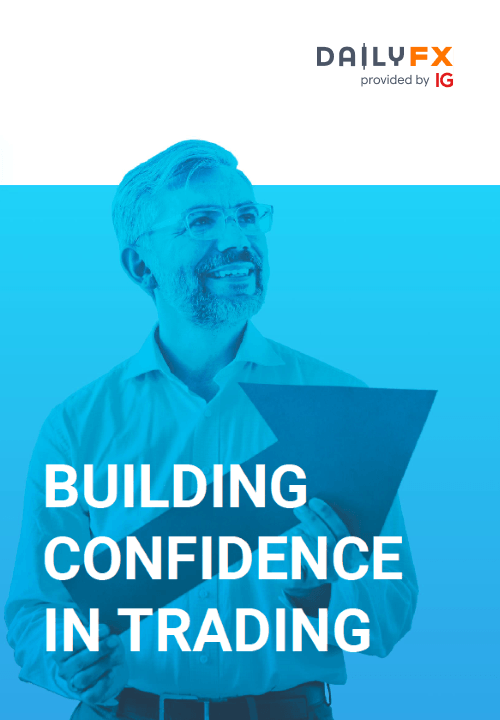In this session, I discussed some of the most common mistakes both inexperienced and experienced traders. I also provide solutions on how to fix these mistakes.
The key is to first identify the mistake(s) through self-awareness and focus on the process, then work on fixing them one at a time. If you attempt to fix everything all at once you will cause yourself to be overwhelmed, which will ultimately prove to be detrimental to your development. Slow down to get where you want to be faster.
While not first up on the list below, risk management is an area that must be squared away immediately whether this is your first or 1001st day as a trader.


Recommended by Paul Robinson
Top Trading Lessons
MISTAKE #1 – NO TRADING PLAN
Too few traders have an actual game-plan, effectively they are ‘flying blind’. Your trading plan doesn’t need to be super detailed, a few pages is sufficient. But the more details the better. You plan should include risk management parameters, outline of your decision-making process, preferred trade set-ups (include a few examples for reference), and how to handle both drawdowns as well as successful periods.
MISTAKE #2 – POOR RISK MANAGEMENT
One of the biggest mistakes traders make is poor risk management. Risking too much per trade is a pitfall traders must avoid. You have to trade within your comfort zone, otherwise your decision making process will be severely impaired. Fear and anxiety will almost certainly cause you to make mistakes that will lead to frustration and more mistakes. Inconsistency in position-sizing is another big problem and leads to inconsistent results. You should keep your range of risk-per-trade relatively tight. For example, risking 0.5% on one trade, then 3% on another is going to make being consistent very difficult.
Foundational Trading Knowledge
Trading Discipline
Recommended by Paul Robinson
Poor risk ratios is also another issue. All too often traders will have risk/reward ratios of 1:1 or worse. This forces you to be right far more often than wrong. Depending on your style of trading, having a win rate of 50% is reasonable, but at 1:1 you will only break even (not accounting for transaction costs). You want to tilt risk/reward in your favor and make sure you are getting paid for the risk you are taking. Risk/reward ratios of 1:2 offer this kind of desired asymmetry in your risk profile.
Make sure you are always using stops and most importantly that you stick to them. Not using stops is a dangerous way to play, and moving them is effectively the same as not using them.
Understand your total risk across all positions held simultaneously. You may be holding three positions with normal risk on per position, but due to high a correlation between the trades you are effectively holding one large position. For example, if you are long three JPY pairs then you should treat the three individual positions as one larger and spread your risk across the three positions.
MISTAKE #3 – UNDERCAPITALIZED
You need to understand your own personal financial situation and risk only what you can afford to lose. Knowing the downside is not only prudent money management, but will also reduce the stress caused by risk and uncertainty that you can’t afford.. Trading is hard enough without adding extra layers of stress and complication.


Recommended by Paul Robinson
Building Confidence in Trading
MISTAKE #4 – OVER-TRADING
Traders fall victim to this all the time. An overabundance of mediocre trades mixed in with high quality trades will equate to sub-optimal performance. There is often an inverse correlation that exists between level of activity (#of trades) and profitability. High number of trades = lower profitability while a lower trade count = higher profitability. Often when a trader is more selective when choosing their opportunities (i.e. sticking to a solid trading plan), they are far more efficient.
How can we become more efficient? Use a checklist which helps keep you on the right path. The checklist should reflect your trading plan. For newer traders, it is recommended that a physical checklist is used, but as you become more experienced you will be able to go through the process in your head. A checklist of reasons for entering a trade and risk parameters will help you avoid trades you shouldn’t be in.
MISTAKE #5 – OVERCOMPLICATE
Remember this acronym – K.I.S.S. Keep It Simple Stupid. More is not necessarily better, more is often times just more. Confluence between two or more factors can make for a sound approach, but make sure those factors aren’t highly correlated. For example, you don’t need three different methods of defining a trend or overbought/sold conditions.
A good combination for a technical trader might be – one factor each for identifying each the trend, support/resistance, overbought/sold, and price action quality. This combination would make for a well-rounded approach that relies on unrelated factors to build a case to trade or not.
MISTAKE #6 – FOCUSED ON RESULTS NOT THE PROCESS
Traders often get hung up on the results from trading, which is understandable. But like any performance-based activity this will prove highly detrimental in the long-run as you lose sight of the process that you need to follow that helps you achieve positive results. Trading is about always knowing where you are and correcting course when you see that you have gone astray.
Here are some ideas for keeping you focused on the process: review your trading plan regularly, journal, conduct periodical reviews of your trading activity, and take breaks away from the market on a regular basis to reflect. All of these are effective at keeping you in touch with what you are doing and helping keep you on a steady course.
For the full conversation, please see the video above…
—Written by Paul Robinson, Market Analyst
You can follow Paul on Twitter at @PaulRobinonFX.


 Signal2forex.com - Best Forex robots and signals
Signal2forex.com - Best Forex robots and signals




